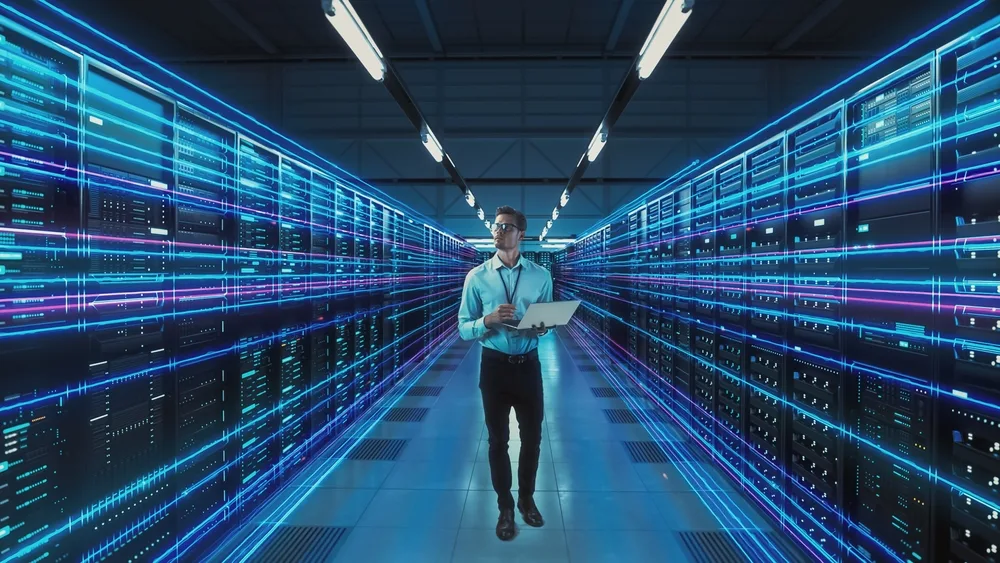Artificial Lift Methods: Techniques and Applications Course
Introduction:
Artificial lift involves using mechanical devices or modifying the hydrostatic column weight to enhance fluid extraction from production wells, primarily for crude oil or water. This course delves into various artificial lift techniques essential for optimizing production rates and return on investment. It covers artificial lift systems in detail, helping participants choose the best methods for economic production. Artificial lift systems are crucial where reservoir pressure is inadequate for natural fluid rise but can also improve flow from naturally flowing wells. Fluids typically include oil, water, or mixtures often loaded with gas.
Objectives:
Participants in this artificial lift methods course will acquire skills to:
- Utilize artificial lift systems to enhance oil production cost-effectively.
- Perform basic PVT properties and influx performance estimations related to artificial lift systems.
- Understand and apply fundamental concepts of multiphase flow in tubing and piping systems.
- Select the appropriate artificial lift method based on drawdown capacity, startup and running costs, and production depth and rate.
- Identify required components and auxiliary equipment for each lift system.
- Optimize the availability and efficiency of various lift systems and equipment.
- Design and implement lift equipment for extreme operational conditions.
Training Methodology:
- Lectures
- Skill-based workshops
- Case studies
- Group work
- Simulations
- Console exercises
- Tutorials
- Panels and expert discussions
Course Outline:
Unit 1: Introduction to Oil and Gas Production
- Properties of the reservoir
- Reservoir pressure
- Various means of production
- Need for artificial lift systems
- Advantages of artificial lifting on recovery factor
- Selecting an appropriate artificial lift method
Unit 2: Beam Pumping Technology
- Basic beam pumping system
- Operation principles
- Beam pumping system components
- Beam pump control system
- Operating regimes and communication with CCR
Unit 3: Conceptual and Equipment of Gas Lift Systems
- Overview of gas lift methods, theory, and equipment
- Gas lift valve operations and technical schematics
- Design process: conceptual vs. detailed
- Gas lift well performance and design considerations
- Optimization, stimulation, and troubleshooting of gas lift systems
'
Unit 4: ESP (Electric Submersible Pump) Technology
- Overview of ESP systems and components
- ESP pumping system operations
- Selecting and estimating ESP performance
- Advantages, disadvantages, and power requirements
- Installation, maintenance, and troubleshooting of ESP systems
Unit 5: PCP (Progressive Cavity Pump) Technology
- Overview and design of progressive cavity pumps (PCP)
- Construction materials and properties
- Installation and preparation of wells for PCP
- Diagnosis of typical PCP malfunctions and problem-solving


















